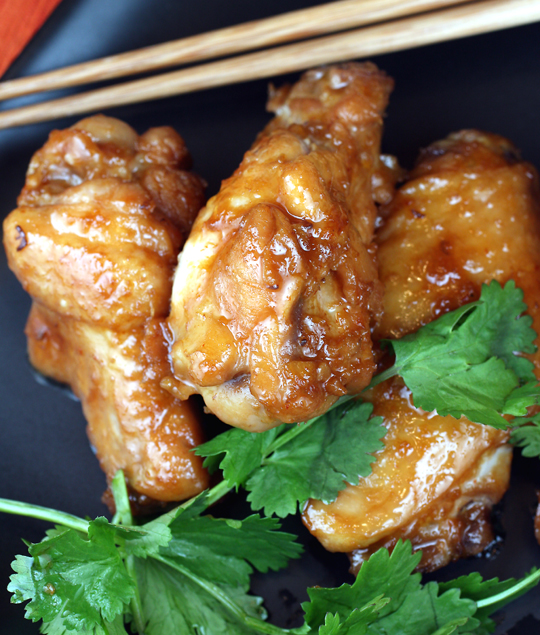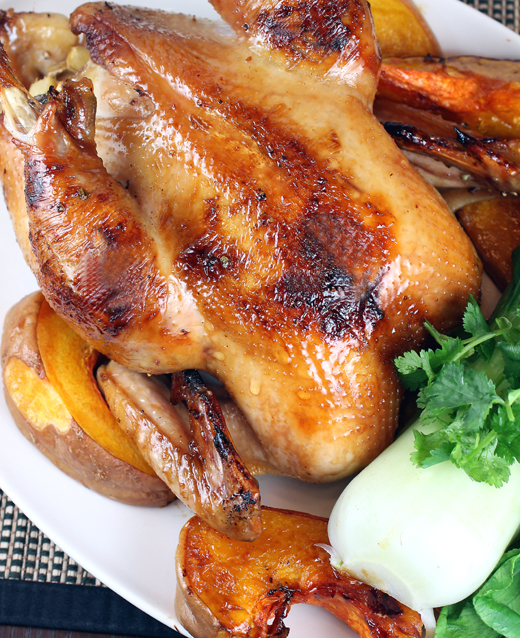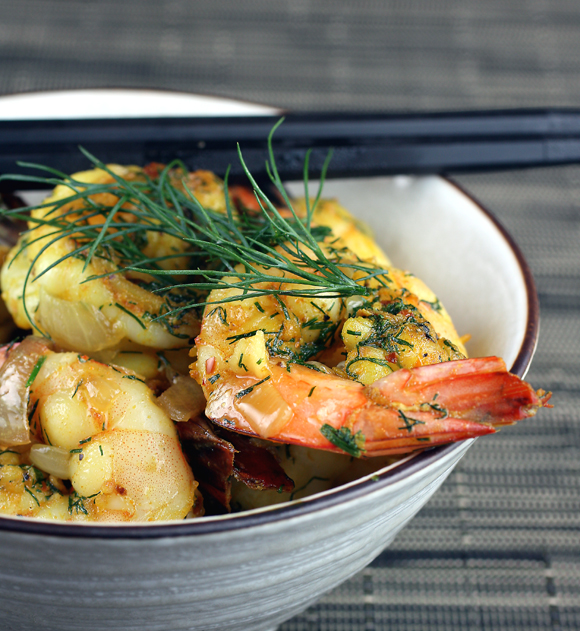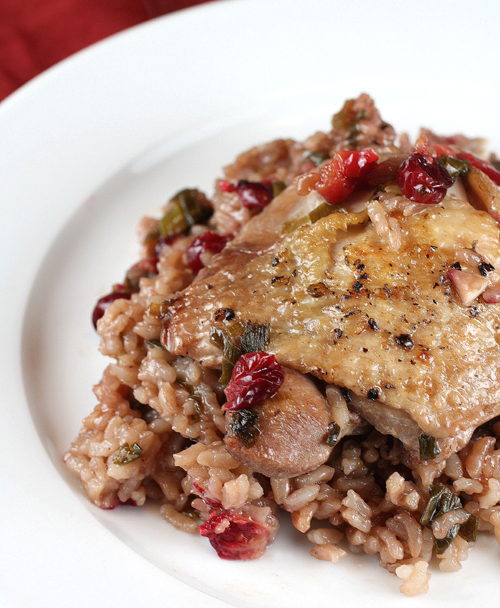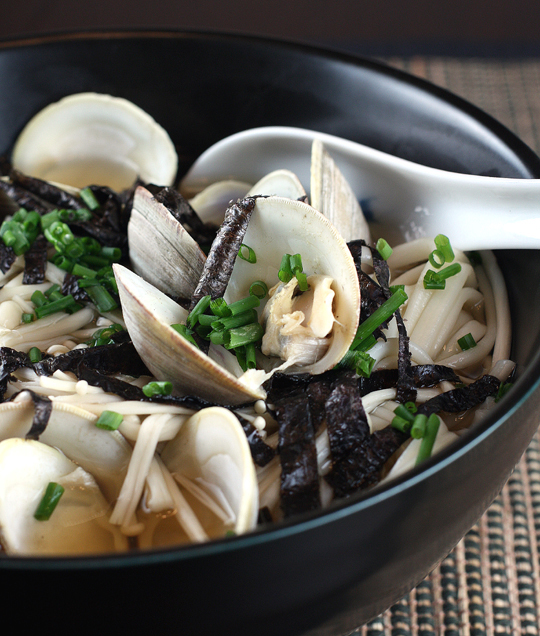
San Francisco’s Evan Goldstein knows his wine.
After all, he was only the eighth American — and the youngest ever at the time — to pass the rigorous Master Sommelier certification back in 1987.
Now, he wants you to know your wine, too — particularly the more daring varietals.
After all, we probably are way too accustomed to reaching for Chardonnay and Cabarnet Sauvignon. But when’s the last time you had the nerve to uncork an Albariño, Tempranillo, Carmenere or Touriga Nacional?
In his newest book, “Daring Pairings” (University of California Press), Goldstein spotlights 36 edgy varietals to get to know. Then, he assigned one of them to each of 36 chef friends to come up with a homecook-friendly dish.
With the chilly, drizzly weather of late, I decided to try making “Steamed Manila Clams with Udon” from Larry Tse of The House in San Francisco. The dish is paired with Albariño, a medium-bodied, crisp, dry white with plenty of citrusy acid.
An easy dashi stock is made with dried kelp, instant dashi granules, soy sauce, leek and dried bonito flakes. Udon noodles are cooked in boiling water till toothsome. And fresh clams — one of the most sustainable seafood around — are cooked until their shells open.
Read more

